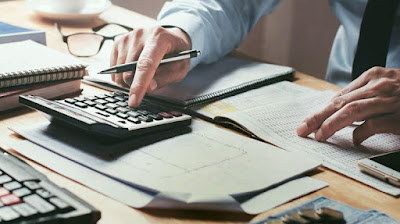How do the EU countries apply VAT?
The purpose of VAT is to ensure that the government receives taxes from the final consumers, and not from intermediaries between the government and the final consumers. VAT is designed to ensure that the final price of the product is as low as possible, which in turn ensures that the government receives the maximum amount of tax.
Why do all EU countries use VAT?
If there was ever going to be a single market in Europe, a neutral, and non-deliberate tax system was needed that would keep taxes from being exported to other countries at the point of export and then ensure that the exact amount of taxes will be refund at the point of export. The proposal for the single European market requires the introduction of a “turnover taxes” for imports and exports, similar to that applied in the USA.
EU VAT Rules
National VAT rules - what if you import goods into the UK?
As long as you do not export the goods out of the UK, VAT is not applicable. Goods that are imported into the UK are classified as “imported goods” and are therefore exempt from VAT.If you export goods to the UK, then you should note that the value-added tax is applied to these goods. The value-added tax is calculated based on the VAT rates and the value of the goods at the time of export, not at the time the goods were imported into the UK. In addition, the VAT rates applied to imported goods are different than the VAT rates applied to goods that are produced or sold in the UK. VAT is calculated according to the VAT rates applied to the goods at the point of export. If the goods are exported to the UK, they are classified as “imported goods” and are therefore exempt from VAT. However, the VAT rates applied to these goods are different. The difference is the difference between the VAT rates applied to the goods at the time of export and the VAT rates applied to the goods at the time of import.
In addition, the VAT rates applied to imported goods are different than the VAT rates applied to goods that are produced or sold in the UK. VAT is calculated based on the VAT rates applied to the goods at the time of export, not the time of import.






Mga Komento
Mag-post ng isang Komento